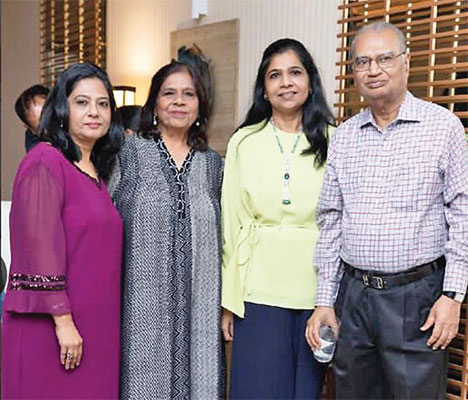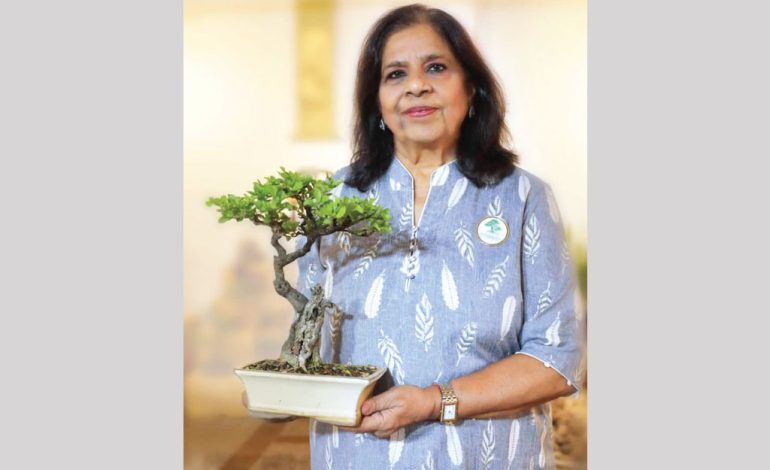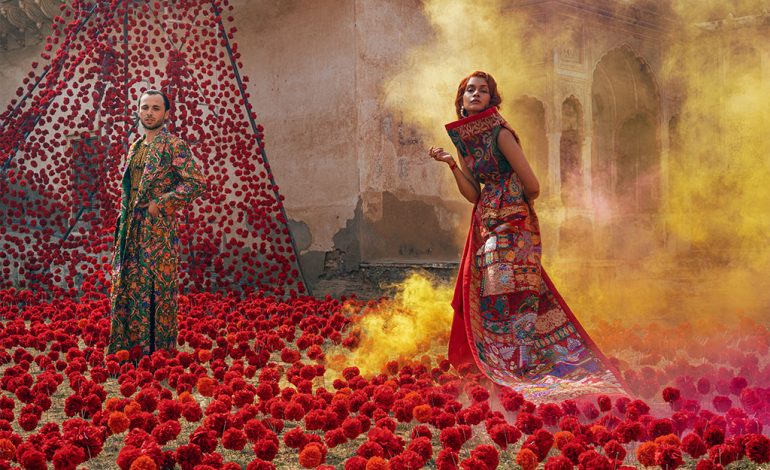The Japanese art of growing bonsai is slowly but steadily spreading its roots all over India, thanks to the efforts of individuals like Madhuri Seksaria.

Bonsai, the beautiful art of growing and shaping miniature trees—some of which can last up to 1,000 years-comes from Japan. And in India, there are a few organisations and clubs that are actively spreading the word about this traditional and unique art form. One such bonsai club is The Indian Bonsai Society in Mumbai. Established in 1972, it is the oldest known and most well-known club that supports bonsai culture by hosting exhibitions and conducting training in growing and styling bonsai, including inviting celebrated bonsai masters for demonstrations.
The living art of bonsai, which can most often outlive its growers, is a nod to the practice of cherishing and keeping long-term goals, the benefits of which can touch the lives of others—much like the actions of the Marwari business and mercantile community which benefit the Indian society at large.
 Madhuri Seksaria, President of The Indian Bonsai Society (2015-2022), has been painstakingly nurturing bonsai art for more than 20 years now. She was felicitated by The Indian Bonsai Society with a Lifetime Achievement Award for her services, at the club’s Golden Jubilee celebration in Mumbai. She has been selected to the Governing Council of The Indian Bonsai Society, and appointed as the International Consultant to the World Bonsai Friendship Federation (WBFF) for the next four years.
Madhuri Seksaria, President of The Indian Bonsai Society (2015-2022), has been painstakingly nurturing bonsai art for more than 20 years now. She was felicitated by The Indian Bonsai Society with a Lifetime Achievement Award for her services, at the club’s Golden Jubilee celebration in Mumbai. She has been selected to the Governing Council of The Indian Bonsai Society, and appointed as the International Consultant to the World Bonsai Friendship Federation (WBFF) for the next four years.
Hailing from an illustrious Marwari business family, Seksaria has a penchant for bonsai art that connects one to mother earth. She is always keen to promote and create awarneness about this traditional living art. She recently featured her Ficus Long Island bonsai at the Bonsai & Suiseki exhibition organised at PL Deshpande Kala Academy in Mumbai. The exhibition was a veritable showcase of fruiting, flowering and beguiling bonsais and magnificent suiseki (naturally occurring aesthetic rocks). On display were decades-old bonsai alongside new growths ingeniously placed in curved seashells and handcrafted miniature Angkor Wat temples and other interesting variety of bonsai art that is sure to fetch a staggering sum of money. However, as Seksaria points out, “None of the members would be keen to part with their precious creations as they are like children they have cared for years.”
Seksaria encourages new bonsai art enthusiasts to begin their journey by becoming a member of the Indian Bonsai Society and other clubs that are dedicated to this art form. “It is a coming together of like-minded individuals with a keen appreciation for nature,” she concludes.












